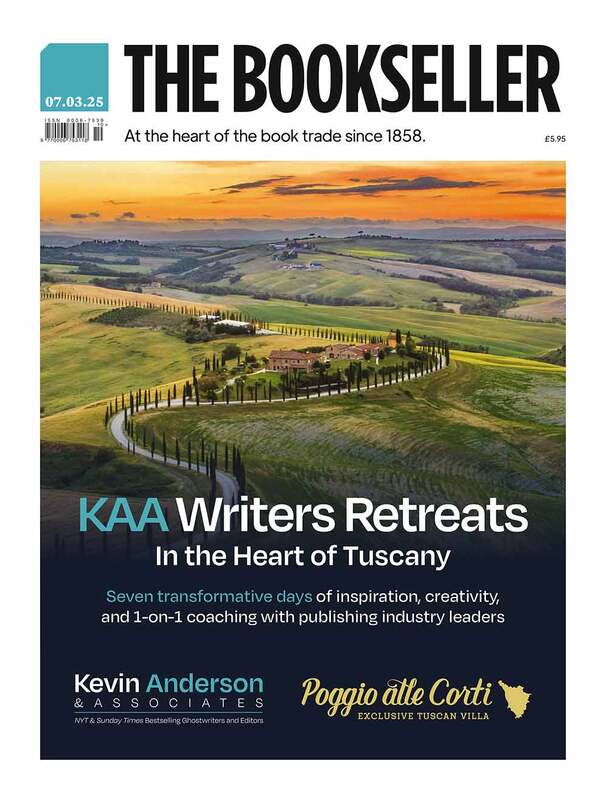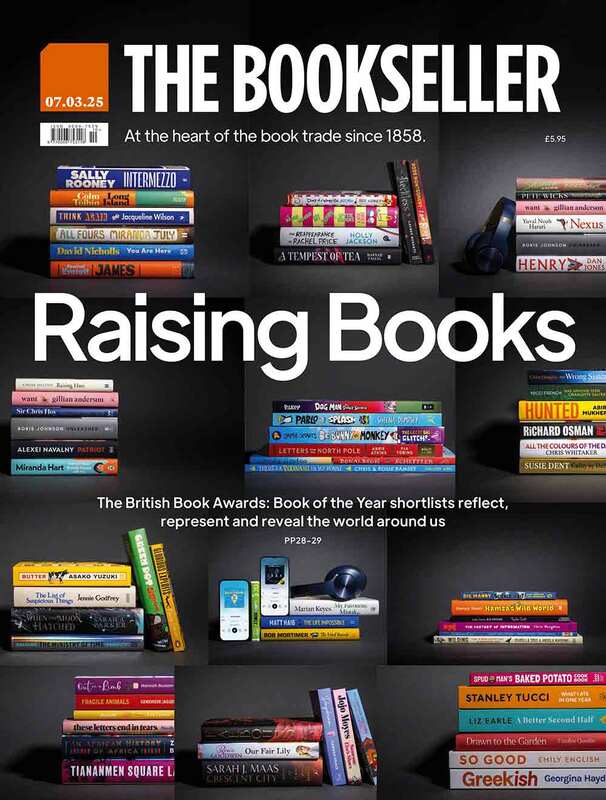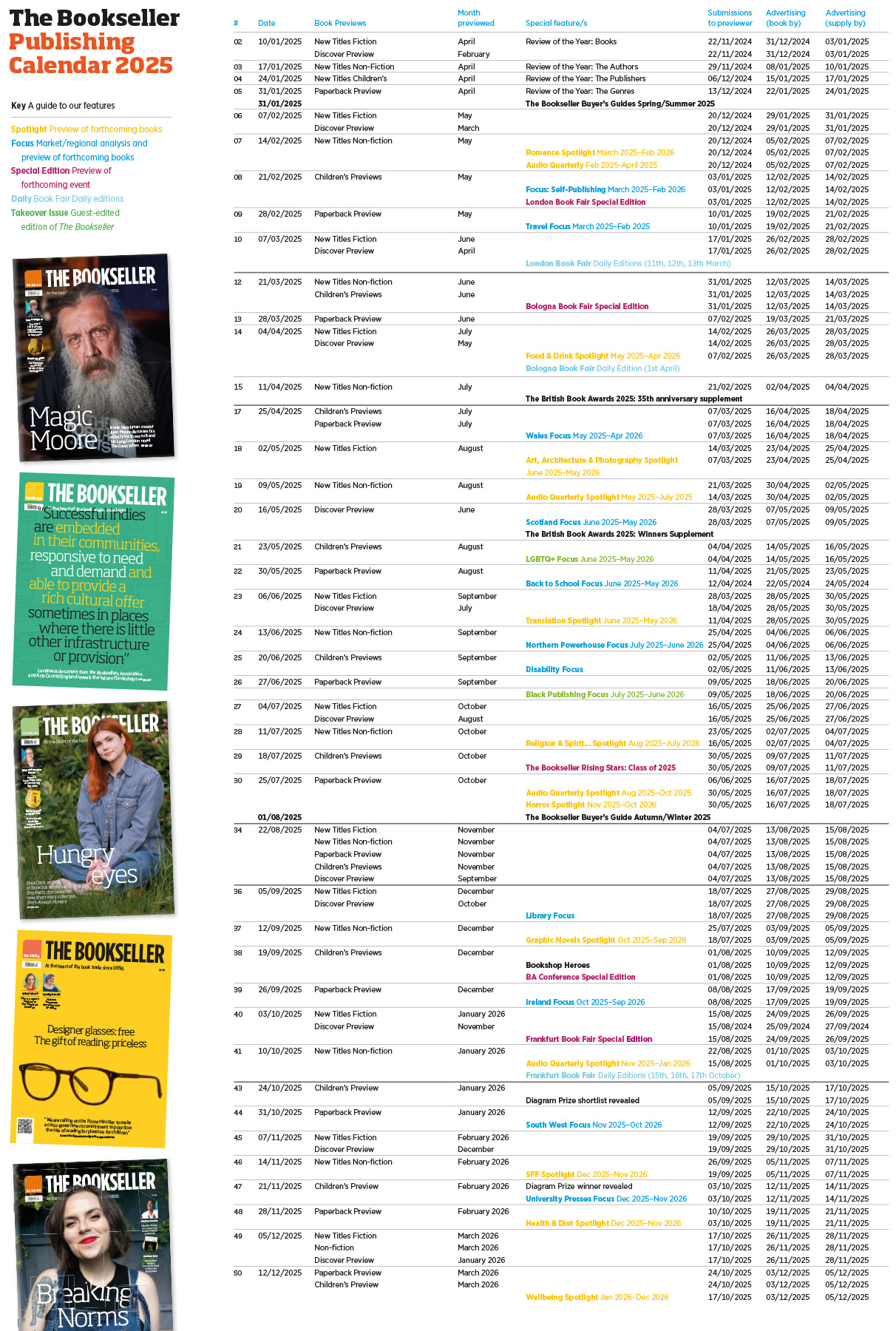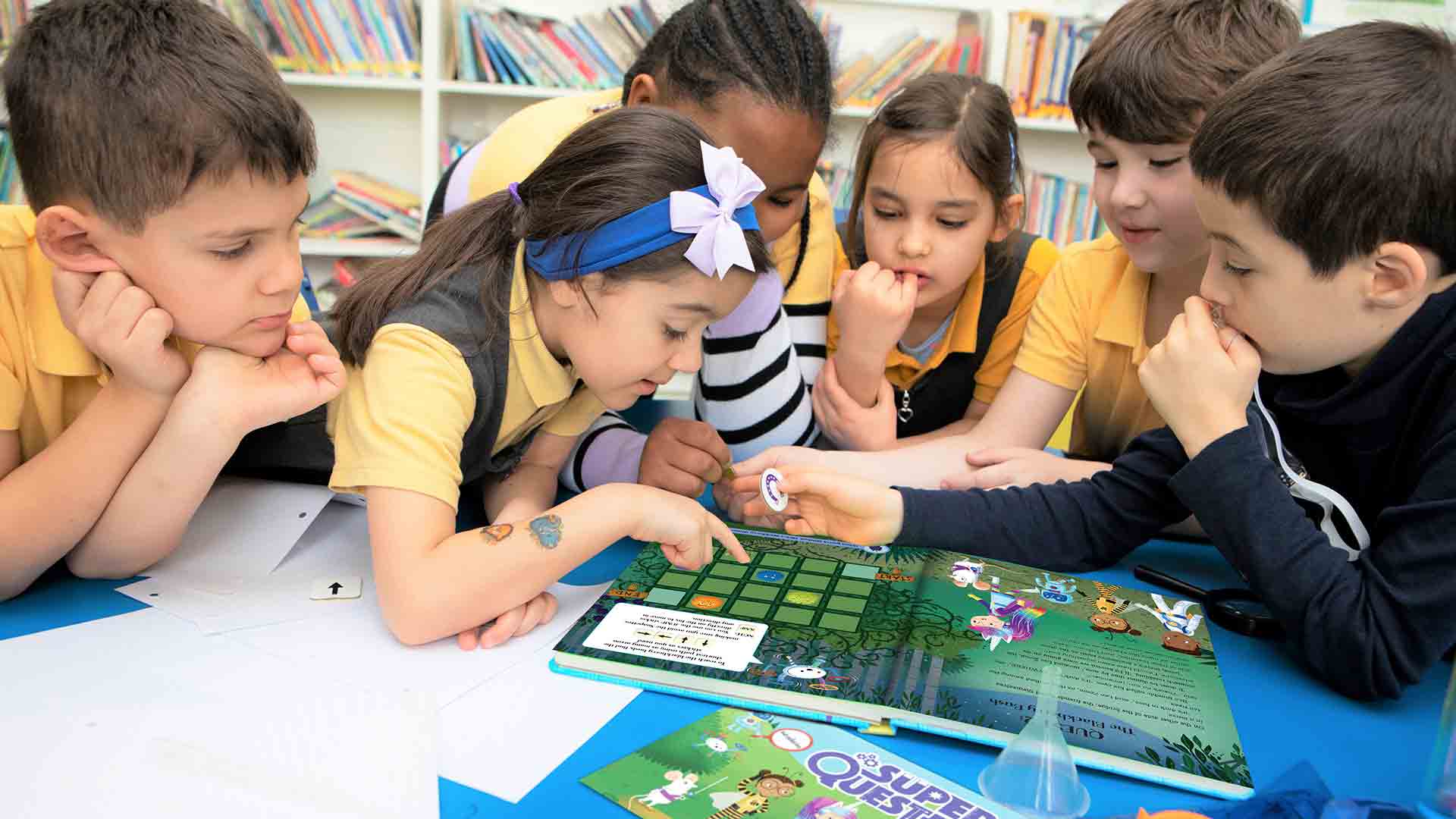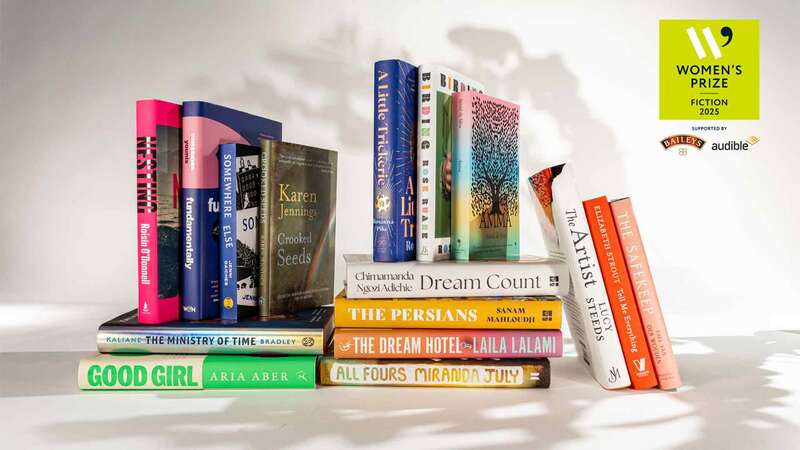You are viewing your 1 free article this month. Login to read more articles.
Children reading more books but enjoyment levels in 'worrying decline', report suggests
The number of books read by children is increasing, analysis completed as part of the annual What Kids Are Reading Report (WKAR) from learning and assessment provider Renaissance Learning has revealed. However authors warn “recent years have seen a worrying decline in children and young people’s reading enjoyment”.
A survey of 1,088,136 pupils across 6,049 schools conducted between 1st August 2020 and 31st July 2021 found approaching 22 million books had been read by them in total, 11% more than reported in the previous year.
The number of books read seems to be mirrored by soaring sales of children’s books: for the available weeks of 2021 (14th March onwards), Nielsen BookScan has the Children’s category on 60.4 million books sold for £372.4m. Compared to the same weeks in 2019, that is 16.8% up in volume and 15% in value.
For the first 16 weeks of 2022, kids’ book sales totalled 20.6 million for £117.4m, up 14% in volume and 13.7% up in value on the same period in 2019.
Furthermore, the books children read matched the difficulty level found in last year’s report and comprehension levels stayed the same as reported in the previous WKAR report.
Average book difficulty rose as pupils got older in primary school, but plateaued in secondary school and eventually declined. Older pupils in secondary school were still reading the same difficulty of books as upper primary pupils.
Quality of comprehension (APC) started high then plateaued in primary school, but fell sharply on entry to secondary school and plateaued at the lower level.
Pupils in primary schools consistently showed a much higher APC (79% to 83%) than pupils in secondary schools (67% to 73%).
Despite the increased number of books being read, however, the report’s authors noted that “recent years have seen a worrying decline in children and young people’s reading enjoyment,” with enjoyment at an “all time low” at the beginning of 2020, according to findings from a survey of just over 42,500 pupils by the National Literacy Trust presented in the WKAR report.
While almost three in five (58.6%) children aged between eight and 18 enjoyed reading in 2016, this had decreased to just 47.8% (a drop of more than 10 percentage points) by early 2020, according to the findings.
School closures during the pandemic saw the number of children and young people who reportedly enjoyed reading jump to 56%, (an increase in reading for pleasure hitherto unseen since 2016, according to the authors), however this year’s enjoyment levels have not quite reached the heights they did during the school closures and remain lower than in 2016.
The latest data show that 51.5% of children and young people aged eight to 18 either enjoy reading very much (21.6%) or quite a lot (29.9%), higher than during the slump in early 2020 (47.8%) but some way off the 58.6% figure in 2016.
Dr Christina Clark, head of research at the National Literacy Trust, said it was “heartening to see that more children reported enjoying reading compared with early 2020”. However Professor Keith Topping, principal author of the WKAR report, said: “It remains to be seen how long the uplift in reading enjoyment seen in the early lockdown period might be sustained. Indeed, daily reading rates, which also saw a slight increase during school closures in spring 2020, had fallen back to their pre-pandemic levels by 2021.”
John Moore, m.d. of Renaissance UK and Australia, said: “The past year has continued to be challenging as pupils adjust to post-pandemic life and most return full-time to school. We know books and reading have provided millions of pupils with comfort and escapism and we’re delighted to see this passion continuing, with pupils overall reading 11% more books over the last academic year.
“Books have never been more accessible than they are today, from visiting local libraries and bookshops to accessing books on myON or Accelerated Reader. This report highlights how important it is that everyone has access to a wide range of books that ignite their own personal passions so each child gets the most out of the opportunities for development that a love of reading can embed.”

